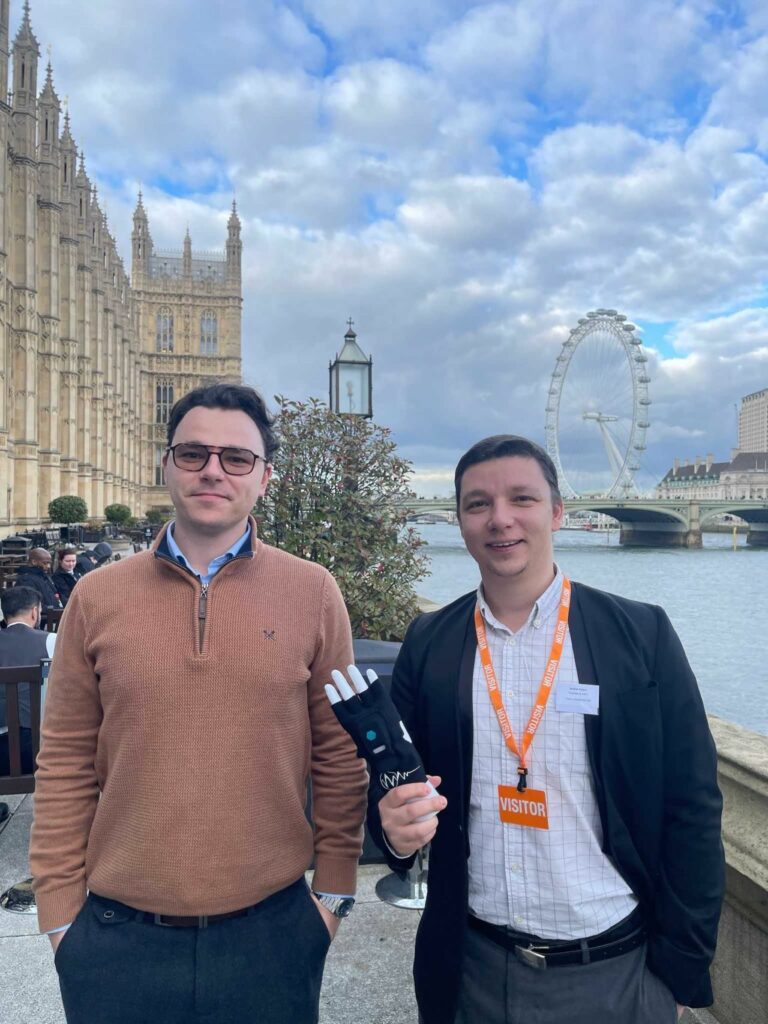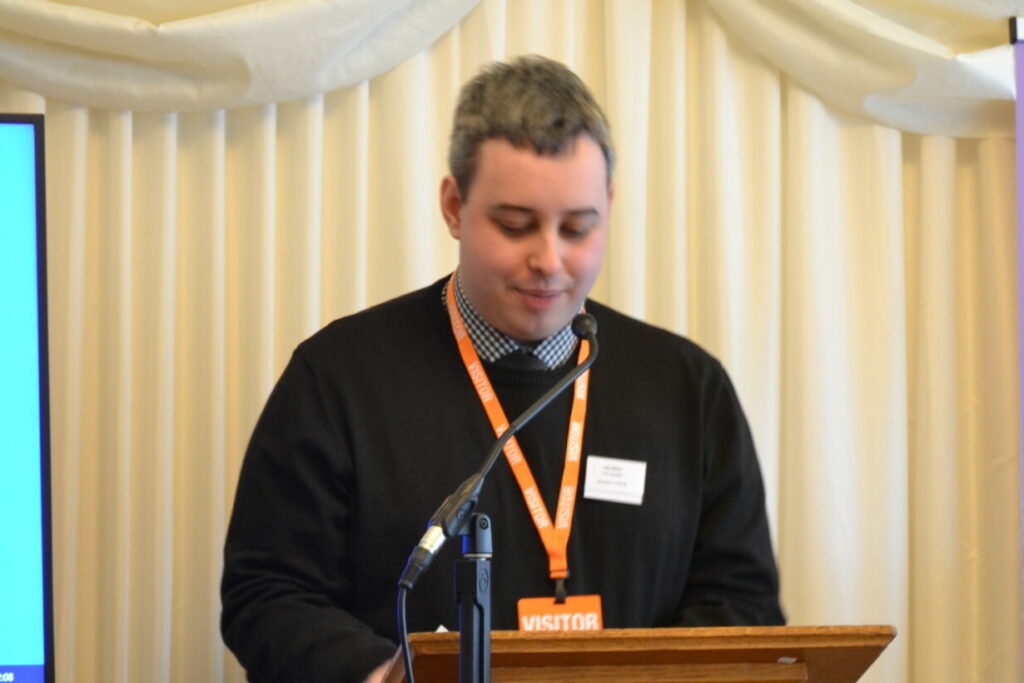 Written by Professor Mark Simpson, Pro-Vice Chancellor at Teesside University and member of the University Alliance Teaching and Learning network
Written by Professor Mark Simpson, Pro-Vice Chancellor at Teesside University and member of the University Alliance Teaching and Learning network
Sir Michael Barber’s review of Digital Teaching and Learning provides much food for thought. At the time of the review, I was Chair of University Alliance (UA)’s Teaching and Learning network, so had the pleasure of welcoming Sir Michael to discuss the opportunities and challenges in more detail, and wrote a blog for UA summarising our discussions. Since then, I have had time to reflect on what we have learnt and the opportunities available within the post pandemic landscape, and I was pleased to share these thoughts during the official launch of the review’s final report last week.
The transition to remote learning in March 2020 was swift but not without challenge. Universities have risen to these challenges and been praised for their resilience and the speed and innovative approaches they adopted to maintain high levels of learning and teaching for their students.
Whilst the scale and speed is perhaps surprising, for Alliance universities, the success of digital learning approaches is not. For many of us in the UA, developing and embedding digital learning opportunities has been an integral part of our teaching and learning models for some time. At Teesside University, we established a Future Facing Learning Framework as part of our 2020 strategy. With digital empowerment as a core element, the framework has transformed delivery of teaching and learning as well as how we engage with students. The framework has been underpinned by a large-scale digital transformation programme. This includes the TU Advance Scheme (where undergraduate students are equipped with an iPad and have access to digital resources through £300 fund from JS Group) and a mandatory digital development programme for all teaching staff. This positioned us favourably and although the move to remote learning was a necessity borne out of the lockdown, it has been a catalyst for further innovation.
Lessons learned
The impact of the pandemic on education has been profound and will undoubtedly shape the delivery of learning and teaching in both the short and long term. As institutions become more adept at delivering new ways of learning and teaching, there is a lot the sector can learn from the review.
Whilst nothing can completely replace face to face learning and on campus activity, UA institutions have amassed a wealth of evidence on delivering learning and teaching digitally. These include using new technologies such as Artificial Intelligence and augmented/virtual reality; providing digital mental health and wellbeing support services; and increasing availability of e-learning resources.
TU championed the use of digital technologies in learning and teaching long before the pandemic. However, the crisis accelerated our existing strategic drive and led us to engage critically with our teaching and learning practices and reimagine the student experience. It was a stark reminder that not all students engage in learning in the same way but also that some students did not have an appropriate workspace at home where they could engage in learning and/or student service sessions.
Digital delivery has also brought people together where before it would not have been possible, or necessary. It has enhanced staff and student engagement as well as collaboration. For example, online learning ‘festivals’ and working across multiple campuses. At TU, our Digital and Online Learning teams worked with staff to help them consider how to extend the learning environment beyond the conventional spaces. Staff have embraced innovation and delivered novel solutions which will become part of our norm, for example:
- Use of simulation software to carry out assessed radiography experiments via MS Teams
- Use of Minecraft to deliver induction activity for geography students
- Development of new course design principles, where digital empowerment and the use of digital tools and platforms as part of a seamless ecosystem for learning will be advocated.
- Delivery of virtual counselling and careers sessions
But none of this is by accident. The maturity of our strategy enabled us to pivot quickly but we have invested significantly in infrastructure and staff development and worked with partners such as Microsoft, Apple and Adobe. It is this which provided a strong foundation.
The Future
The use of digital platforms and solutions offers many opportunities. It affords flexibility of time and place of learning experiences, which open up the possibility of engaging more students, especially underrepresented groups such as mature learners or part-time students. However, there are challenges and limitations to be addressed if they are to be successfully established as part of the norm.
Firstly, and perhaps most importantly, we need to fundamentally address the narrative of a ‘traditional HE experience’ as being one where young learners study full-time and live on campus. There are now many alternative modes of learning, for example UA universities have large proportions of commuter, part-time and mature students who have to balance other commitments with study. There is an increasing demand for flexible study options and more needs to be done to address the perceptions that online learning is less valuable or cheaper than a ‘traditional degree’. Government and Professional, Statutory and Regulatory Bodies (PSRBs) should ensure that the measures used for regulating, monitoring and evaluating teaching and learning incentivise high quality digital delivery, and the HE sector should review its internal processes and systems to ensure that they are fully compatible with, and not a hindrance to, digital teaching and learning.
Secondly, after almost a year of remote learning, we are all well versed in the challenges around digital poverty. Many universities have invested significantly to provide students with equipment needed to access remote learning; at TU we expanded our Advance Scheme to buy mobile data. However, despite investment across the sector digital inclusion remains a real issue. The government needs to increase student hardship funding to make allowances for the issue of digital poverty as separate to other areas of student financial struggle.
Finally, the challenge of infrastructure and resources needs to be addressed. As well as fit for purpose technology and compatible systems we need to address the false dichotomy of physical versus digital. If we are to truly blend we need to think strategically about the implications of this, for example estates planning and upskilling of staff. Universities need to collaborate with technology companies but the sector would also benefit from catalyst funding to incentive the adoption of digital technologies.
Personally, I am positive about the future and excited by the possibilities that digital learning affords us. UA institutions will continue on their digital journeys. At TU, we will forge ahead with our Digital Transformation programme: in October, TU became the first Adobe Creative Campus in Europe and this is central to our approach as we design a new blended learning model.
Throughout the pandemic UA institutions have shared their experiences, and I am pleased to see so many of these reflected in the review’s report. The review shows us that together, the sector can rise to the challenge and evolve into an agile sector able to meet the demands of the modern learner.



